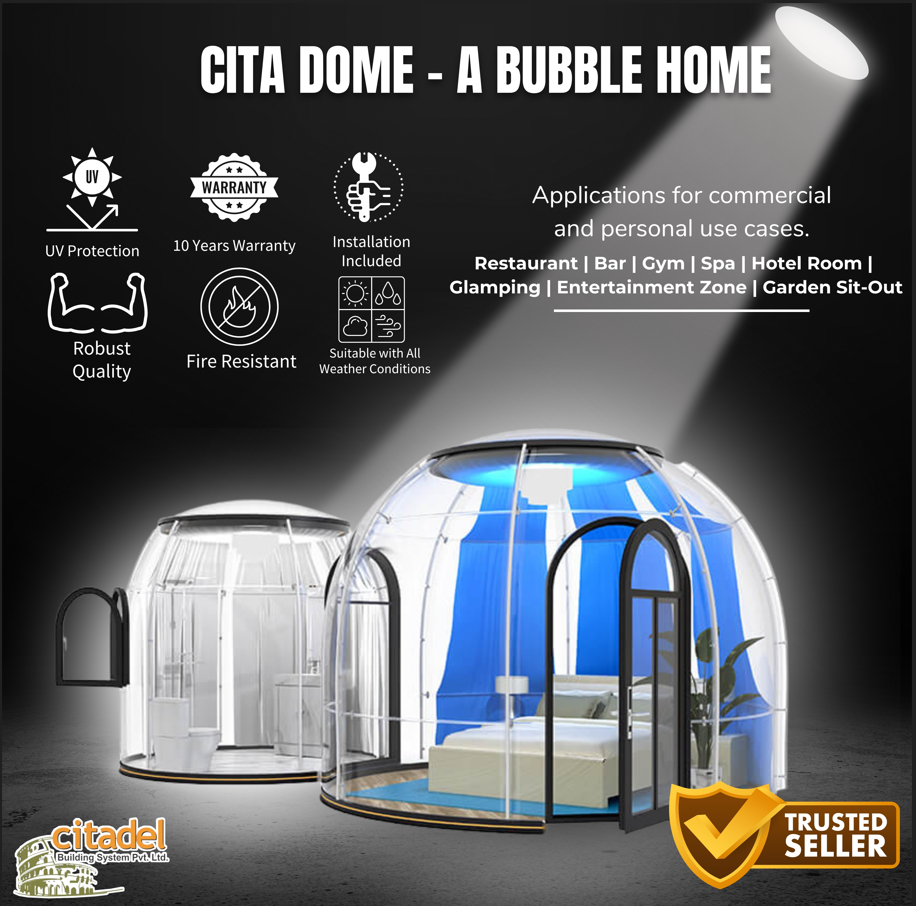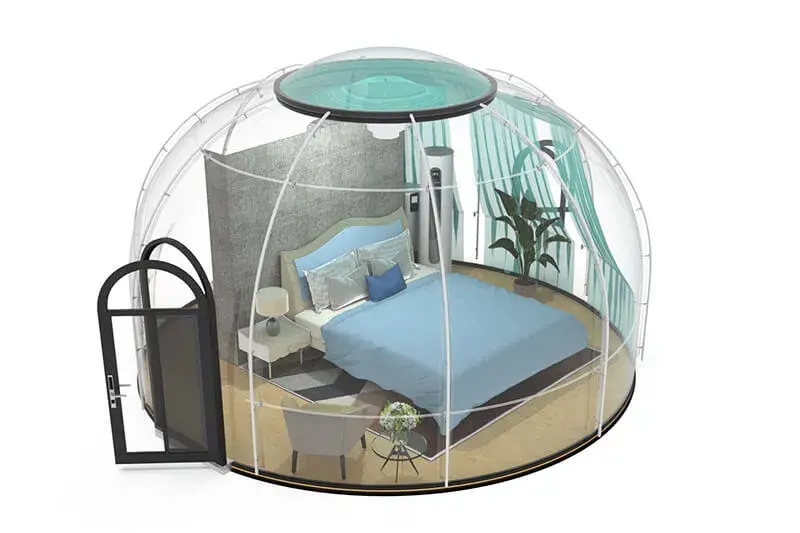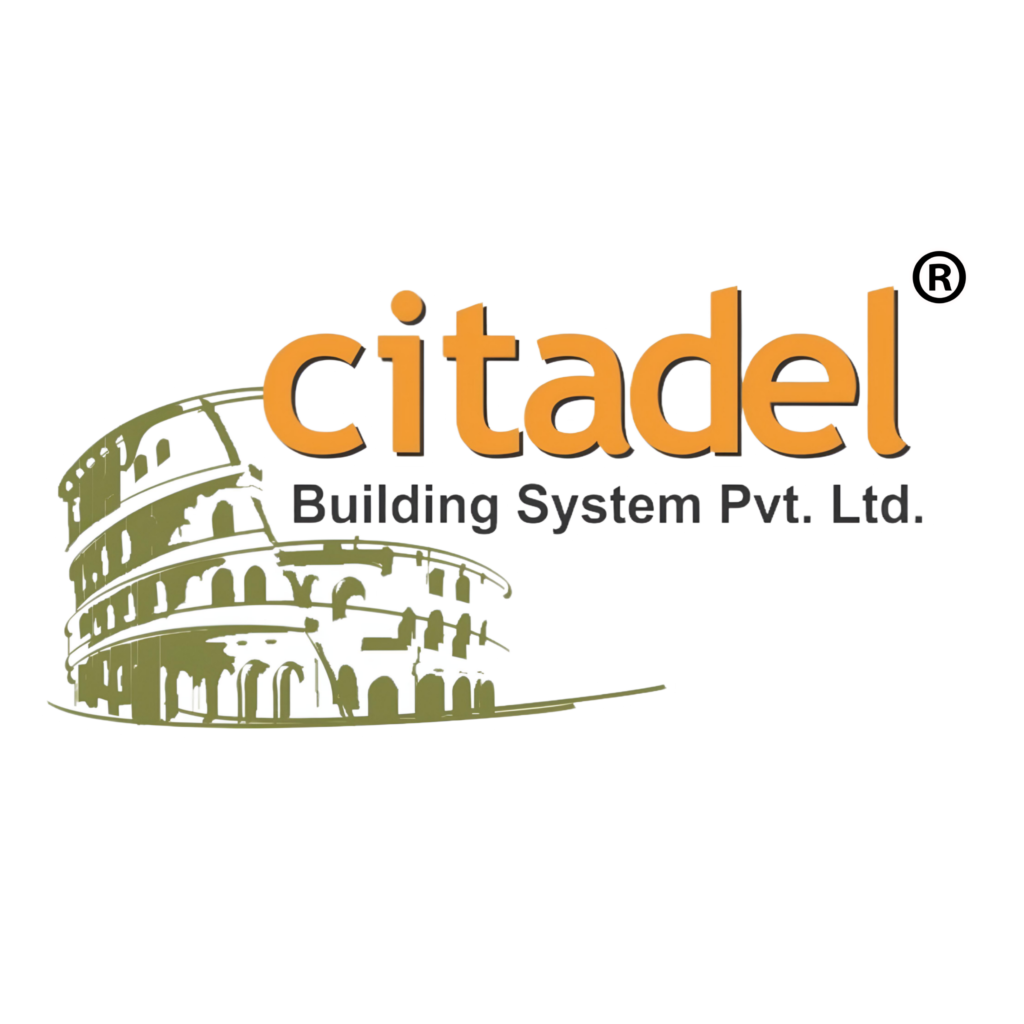In this blog we are focusing on Polycarbonate Domes vs. Glass Domes and from this you will able to choose right dome for you.
Have you ever dreamt of gazing up at the stars through a crystal-clear dome, or nurturing exotic plants bathed in sunlight within a greenhouse? If you’re planning a project that incorporates a dome, choosing the right material is crucial for both functionality and aesthetics. Here, we delve into the two most popular dome materials – polycarbonate and glass – to help you decide which one best suits your needs.
The Contenders: Polycarbonate Domes vs. Glass Domes
- Strength and Impact Resistance: When it comes to withstanding the elements, polycarbonate reigns supreme. This incredibly shatter-resistant material is ideal for areas prone to hail, high winds, or heavy snowfall. Think about it – a stray baseball or a rogue tree branch wouldn’t stand a chance against a polycarbonate dome, making it a perfect choice for greenhouses, skylights, or even public spaces. Glass, while beautiful and allowing for clear views, is much more fragile. A single errant object could cause cracks or even shattering, posing a safety hazard.
- Weight Considerations: Imagine the challenge of installing a massive, heavy dome! Polycarbonate comes to the rescue again. Its lightweight nature makes it significantly easier to maneuver and install compared to its glass counterpart. This translates to lower installation costs and less strain on the supporting structure. For large-scale dome projects, the weight advantage of polycarbonate becomes a major deciding factor.
- Insulation for a Comfortable Interior: Let’s talk about keeping your dome space comfortable year-round. Polycarbonate offers superior thermal insulation due to its unique multi-walled construction. This translates into significant energy savings. In the summer, the multi-wall design helps to block out intense heat, while in the winter, it retains warmth. This translates to lower heating and cooling costs, creating a more comfortable environment inside your dome, whether it’s a serene greenhouse or a sun-drenched observatory. Single-layer glass, on the other hand, offers similar thermal insulation properties to polycarbonate of the same thickness. However, double or triple-paned glass is necessary to achieve superior insulation with glass domes, which adds to the weight and cost.
- Clarity and Long-Term Durability: For those who prioritize an unobstructed, crystal-clear view, glass takes the crown. It offers a crisp, undistorted visual experience, making it ideal for applications where pristine views are paramount, such as astronomical observatories or luxury greenhouses showcasing exotic plants. However, polycarbonate has a drawback in this area. Over time, prolonged sun exposure can cause polycarbonate to yellow and lose some of its transparency. Glass, on the other hand, boasts exceptional long-term durability, maintaining its clarity for decades with proper care.
- Cost-Effectiveness: Budget is always a consideration. Polycarbonate is generally a more affordable option compared to glass, especially for larger domes. This is due to the factors mentioned above – its lighter weight translates to lower transportation and installation costs, and the material itself is less expensive than glass.
- Installation Ease: The lighter weight and flexibility of polycarbonate make it easier to install than glass domes. Polycarbonate domes can often be installed by do-it-yourselfers with some handyman skills, while glass domes, due to their fragility, often require professional installation, adding to the overall cost.
- Minimal Maintenance: Both polycarbonate and glass require minimal maintenance to keep them looking their best. Polycarbonate may need occasional cleaning to remove debris and maintain optimal clarity, especially in dusty or pollen-rich environments. Glass cleaning is a familiar chore, but with proper cleaning techniques, both materials can last for years.

Making the Right Choice: A Quick Guide
Now that you understand the strengths and weaknesses of each material. Here’s a quick guide to help you pick the perfect dome material for your project:

Choose Polycarbonate if:
- Impact resistance is a major concern (think greenhouses, public spaces, or areas prone to extreme weather).
- You’re working with a budget.
- Weight is a limiting factor, especially for large domes.
- Energy efficiency is a priority for your project.
- Opt for Glass if:
Crystal-clear, unobstructed views are paramount (ideal for observatories or showcasing prized plants).
Long-term durability is essential, and you’re willing to invest for the future.
Budget is not the biggest constraint.
Beyond the Basics: Additional Considerations
Here are some additional factors to keep in mind when making your decision:
- UV Protection: Polycarbonate typically comes with built-in UV protection, which is crucial for safeguarding plants or furnishings inside your dome from harmful ultraviolet rays. Glass may require a UV-protective coating for similar protection.
- Fire Safety: Building codes in your area may have fire




